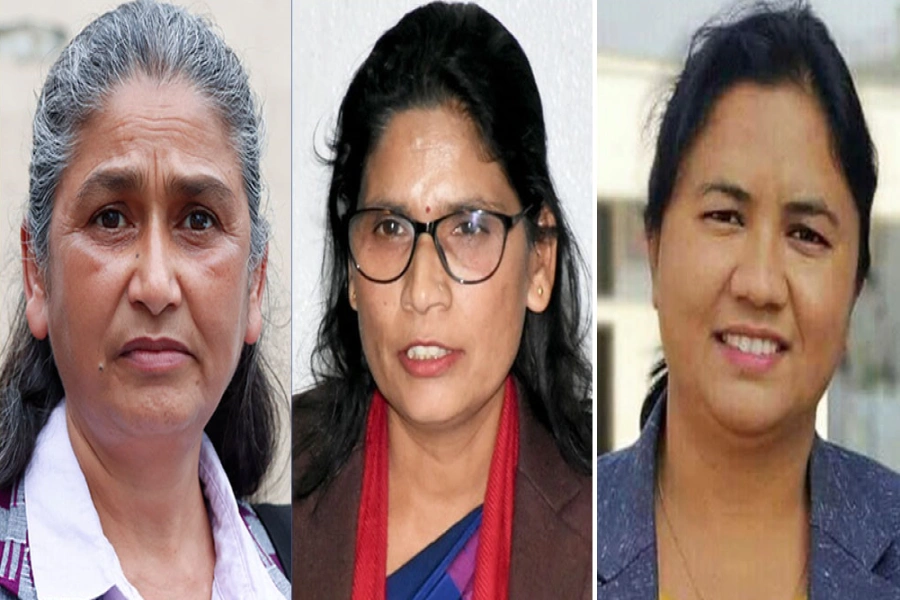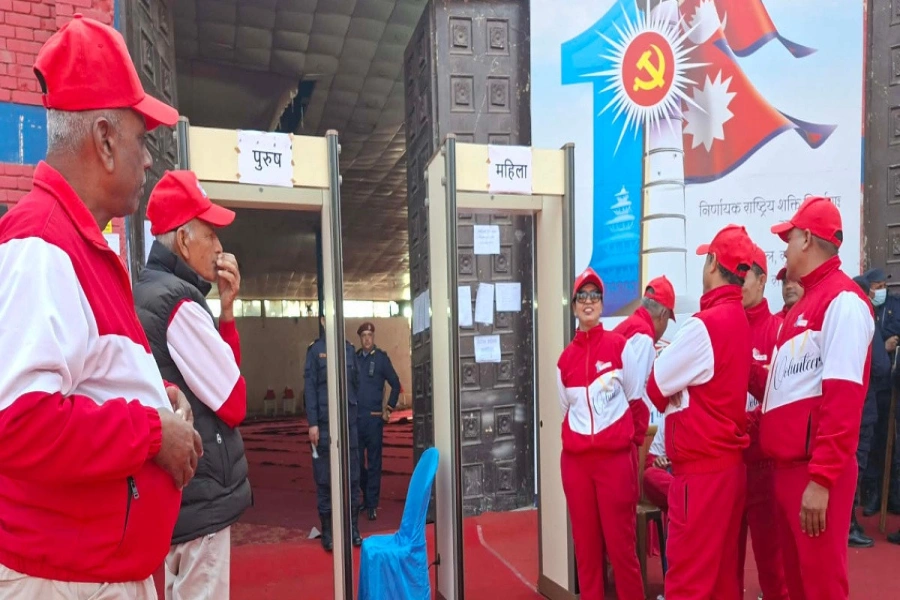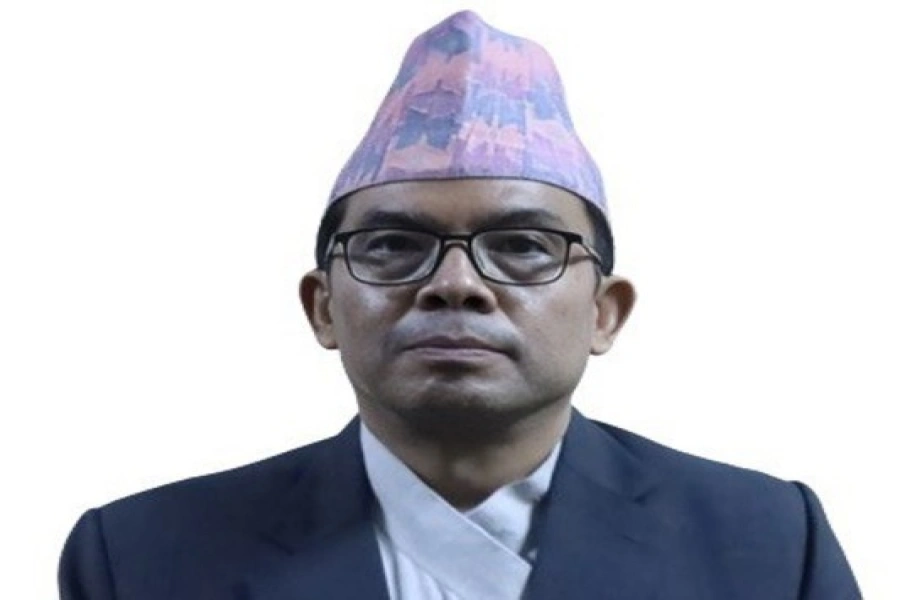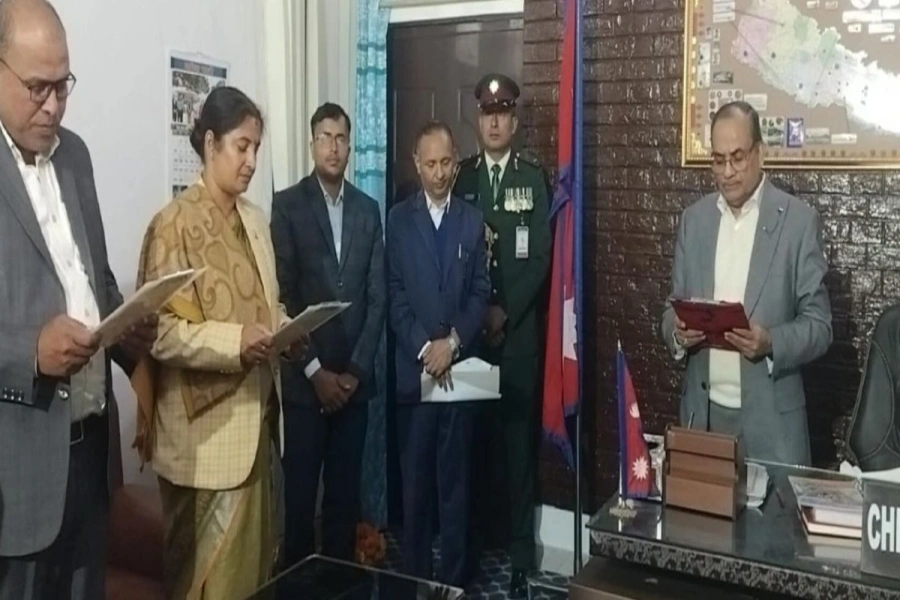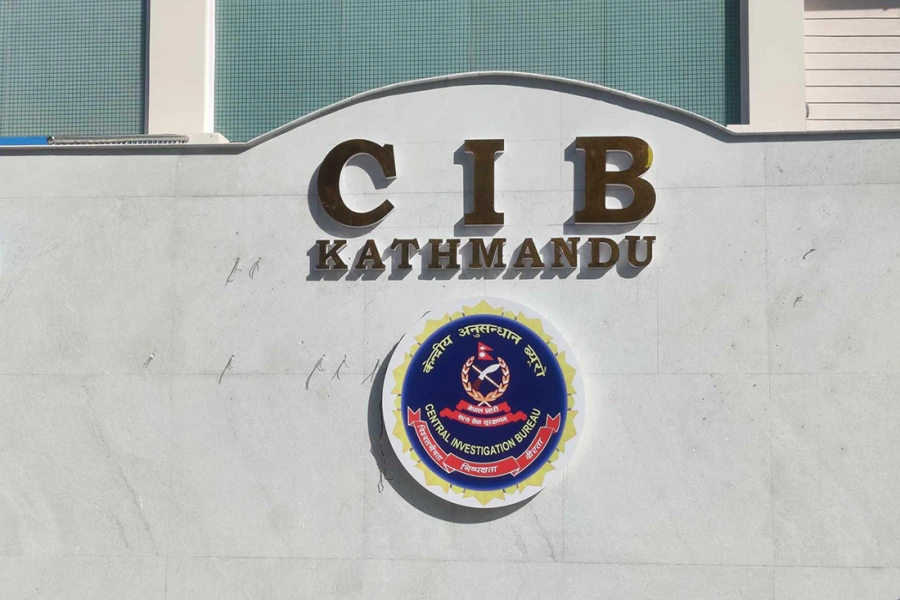In recent years, there has been a significant increase in attention toward comprehensive sexuality education and sexual and reproductive health rights (SRHR). The conversation around inclusion in these areas has expanded considerably, with many organizations and donor agencies investing substantial resources. According to the International Conference on Population and Development (ICPD), sexual and reproductive health is defined as a state of complete physical, mental, and social well-being in relation to reproductive systems and their functions.
Despite the visibility gained through various sensitization programs, training, and accessible Information, Education, and Communication (IEC) materials, practical inclusion of persons with disabilities in SRHR remains a complex challenge, particularly in Nepal. Persistent barriers related to attitudes, structural issues, and access continue to hinder the full participation and enjoyment of SRHR for persons with disabilities. This article will examine these barriers and propose ways forward, focusing on the experiences of adolescent girls and young women with visual impairments in accessing SRHR services.
Legal and Policy Provisions on Sexual and Reproductive Health for Women with Disabilities
Globally, the Sustainable Development Goals (SDGs) emphasize the principle of "leaving no one behind," prioritizing the most excluded groups, including men and women with disabilities. SRHR are integral to the rights of girls and women to be free from discrimination, coercion, and violence. These rights uphold principles of bodily integrity, dignity, equality, and respect for diversity (High-level Task Force for ICPD, 2013). SDG Goal 3 aims to ensure healthy lives and promote well-being for all, while Goal 5 focuses on achieving gender equality and empowering all women and girls, including universal access to sexual and reproductive healthcare services.
Constitution of Nepal 2015: Article 38 of the Constitution guarantees the rights of women, including safe motherhood and sexual and reproductive health. It underscores non-discrimination in services and facilities based on disability and calls for additional provisions for marginalized communities. Consequently, the sexual and reproductive health rights outlined by the Constitution are applicable to women with disabilities.
Convention on the Rights of Persons with Disabilities (CRPD): Article 25, which ensures that persons with disabilities receive health services, including sexual and reproductive health services, at the same level and quality as others. The CRPD mandates equal access to health services, including promotional health information, for persons with disabilities.
Article 6 of the CRPD: This article addresses the rights of women with disabilities, acknowledging their susceptibility to multiple forms of discrimination. It directs State Parties to ensure equality, human rights, and empowerment for women with disabilities. General Comment No. 3 associated with this article prioritizes the sexual and reproductive health rights of women with disabilities. It condemns practices such as forced pregnancy, sterilization, and coercive contraception, emphasizing the heightened risk of sexual violence and abuse faced by women with disabilities.
SAFE-Girls project launched to empower adolescent girls in Nepa...

Act on the Rights of Persons with Disabilities 2017: Sub-clause 2 of Article 19 mandates the Government of Nepal to protect the health and reproductive rights of women with disabilities, considering their special circumstances. The Act includes provisions to remove barriers in accessing health institutions, prioritize treatment for persons with disabilities, and provide free health check-ups, including reserving beds in hospitals for persons with disabilities.
Barriers to SRHR for Women with Disabilities
A study by Prayatna Nepal (2021) on barriers to Sexual and Reproductive Health and Rights (SRHR) services for adolescent girls and young women with visual impairments reveals significant discrimination.
The study highlights that societal narratives around disability and sexuality are often limited and misguided. Family members typically provide information focused on social conduct, such as isolation during menstruation, rather than health-oriented education. This lack of comprehensive education leaves women unprepared for the physiological and psychological changes of adolescence, resulting in poor menstrual hygiene management. The mental health effects of these practices are rarely discussed, further exacerbating the stigma surrounding menstruation and SRHR.
Participants reported confusion and anxiety regarding menstruation, often learning about it only after experiencing their first period. This lack of prior knowledge hampers their ability to manage personal health and hygiene effectively. Many participants avoided social interactions during menstruation due to fear of visible bloodstains, a concern heightened by their visual impairments. Additionally, the fear of breaches of confidentiality and judgment prevents open discussions about SRHR, as participants fear being labeled as having "bad character" by their community.
Service availability and accessibility emerged as significant challenges. Although participants were aware of available SRHR services, accessibility issues due to visual impairments posed major barriers. Reliance on others to reach service centers and the lack of braille information on products like expiry dates were major concerns.
Demeaning behavior from service providers was another significant barrier. Participants reported feeling treated differently, experiencing delays, and being subjected to ridicule regarding their sexual activity and marital status. Health professionals often questioned their need for services such as pregnancy tests or contraceptives, reflecting a discriminatory attitude that assumed women with disabilities were incapable of sexual activity or parenthood. This led to inadequate pre- and post-natal care, as doctors often suggested abortion, believing these women were unfit to care for children.
Confidentiality concerns were strongly emphasized. The need for secure physical spaces and the requirement to have someone accompany them compromised their privacy. Participants expressed discomfort in asking for contraceptives or undergoing checkups in the presence of others, fearing breaches of confidentiality. This fear adds stress and further discourages women with visual impairments from seeking necessary SRHR services.
Way Forward
To address the barriers faced by girls and women with disabilities in accessing SRHR services, several critical steps should be implemented:
1. Publication of Accessible Information, Education, and Communication (IEC) Materials: Developing and disseminating accessible IEC materials in various formats, including braille, sign language, and easy-to-read versions, is essential. These materials will help ensure that girls and women with disabilities can access vital SRHR information in a manner that suits their needs.
2. Establishment of Disability-Friendly SRHR Service Centers: Creating SRHR service centers that are physically accessible, staffed with trained personnel, and equipped to provide confidential and respectful services is crucial. Financial accessibility can be ensured through subsidies or free services, making SRHR services available to all.
3. Expansion and Utilization of Intersectional Perspectives: Promoting the SRHR of girls and women with disabilities requires focusing on the unique barriers they face due to the intersection of gender and disability. This perspective underscores that disability is a critical dimension in the discourse of exclusion and access to SRH services, necessitating specialized attention. Ensuring physical access and financial affordability alone is insufficient; service acceptability, including confidentiality, dignity, and safety, is equally vital.
4. Sensitive and Accountable SRHR Service Providers: Engaging with SRHR service providers and institutions through constructive dialogues and evidence-based advocacy can help them reflect on their own biases related to gender and disability. This engagement is crucial for creating inclusive, respectful, and safe services for adolescent girls and young women with disabilities.
5. Evidence-Based Advocacy and Informed Programming: Given the under-researched nature of SRHR for girls and women with disabilities, it is imperative to continue conducting in-depth inquiries with their direct participation. Evidence-based advocacy and informed programming are essential for developing effective measures to address their SRHR needs.
Conclusion
The journey toward achieving truly inclusive sexual and reproductive health and rights (SRHR) for women with disabilities in Nepal is fraught with challenges, yet it is a path we must pursue with determination. While international conventions and national policies offer promising frameworks, persistent stigma, discrimination, and inadequate access continue to marginalize this vulnerable group. A paradigm shift is essential: SRHR must be redefined to address the unique needs and rights of women with disabilities, ensuring they are not only recognized but actively supported. By integrating comprehensive sexuality education, enhancing sensitive healthcare practices, and developing accessible service infrastructures, we can advance genuine equality and empowerment. It is crucial that these efforts are grounded in the principles of dignity, respect, and autonomy, ensuring that women with disabilities are not only heard but truly supported in exercising their sexual and reproductive rights. Moving forward requires strong commitment and collaborative action to dismantle barriers and build a more inclusive and equitable society for all.



